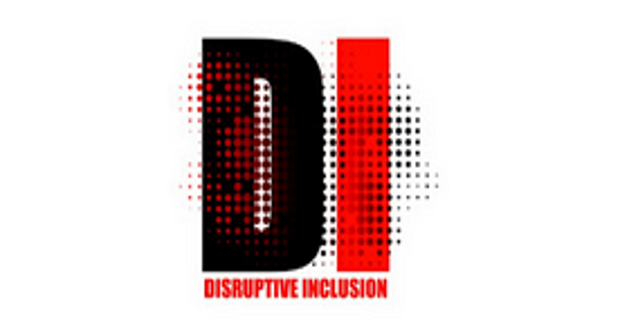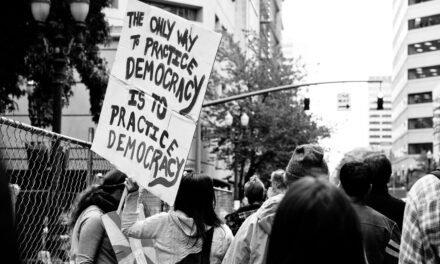
We all want our organizations to be better places to shop, whatever the service, better places to work for ourselves and colleagues, and better neighbors making a difference in the lives and well-being of residents. Disruptive Inclusion is one approach to achieve this objective.
This is the first post in a three part series on the concept of Disruptive Inclusion. Over the series we will provide theory, process and examples to foster diversity and inclusion through cultural competence and collaborative (social) technology for business impact for your organization.
Disruptive Inclusion. Disruptive Inclusion is conscious and deliberate effort to inject and foster difference for mutually beneficial outcomes.
- Conscious because leadership must be culturally competent to be aware of, acknowledge and leverage differences
- Deliberate because organizational philosophies, practices and processes must be reviewed, evaluated and possibly changed
- Inject because the change may be forceful, even jolting on the status quo
- Foster because the change must also be nurtured and championed
- Mutually beneficial because solutions must be tangible and measurable for all stakeholders.
[Complete our Disruptive Inclusion – Inclusion Innovation Assessment (DI – IIA) here >>> to measure your readiness to engage in Disruptive Inclusion.]
Disruptive Inclusion is about proactive recognition and embracing of both the similarities and differences of people as talent and resources for our organizations with a clear objective of improving work environments, individual and team motivation, innovation and growth.
Disruptive Inclusion should be the work of all organizations if they wish to serve customers, engage employees and help neighbors. Let’s discuss Disruptive Inclusion in more detail, share how it can be fostered on a community-wide basis and provide three examples you can model in your organizations
Disruptive Inclusion Definition
The first part of the term – “Disruptive” comes from the phrase “Disruptive Technology.” Disruptive technology was coined by Harvard Business School professor Clayton M. Christensen to describe a new technology that unexpectedly displaces an established technology. In his 1997 best-selling book, “The Innovator’s Dilemma,” Christensen separates new technology into two categories: sustaining and disruptive.
Sustaining technology relies on incremental improvements to an already established technology. For example, the modern washing machine now uses less water, power and has more features than the first original washing machine….. But a washing machine is still washing machine.
Disruptive technology sometimes lacks refinement, often has performance problems because it is new, many times, appeals to a limited audience, and may not yet have a proven practical application. For example, mobile devices and cloud computing such as Google Drive, Dropbox or Box.net are disruptive because they are totally changing the way people work and collaborate. Virtual working will become the norm as more Millennials enter the workforce. It is the way the Millennials your organization needs to attract will want to work
The second part of the term – “Inclusion” comes from the phrase “Diversity and Inclusion.” Diversity & Inclusion has its beginnings in equal opportunity, affirmative action and a 1987, Hudson Institute study entitled “Workforce 2000” that was commissioned by the U.S. Department of Labor.
The report forecasted in clear detail the dramatic changes the American work force would encounter as it entered the new millennium. “Workforce 2000” sparked the growth of a professional field – Diversity & Inclusion – dedicated to recruiting, selecting, developing, advancing and retaining a diversity of human talent within US organizations.
The two parts together – Disruptive Inclusion, I think, are best discussed in one of Christensen’s later books, “The Innovator’s DNA.” In “The Innovator’s DNA,” the authors identify behaviors of the world’s best innovators — from leaders at Amazon and Apple to those at Google, Skype, and Virgin Group — and outline five discovery skills that distinguish innovative entrepreneurs and executives from ordinary managers.
Those skills are Associating, Questioning, Observing, Networking, and Experimenting.
As a Diversity & Inclusion professional, Chapter 5 on Networking resonated with me. The central theme of this chapter was that “innovators go out of their way to meet people with different backgrounds and perspectives to extend their own knowledge.”
To spur innovation, the authors encouraged aspiring innovators “to make a conscious effort to meet people who hail from different countries, industries, and business functions; and who are of different ages, ethnic heritage, socio-economic experience, political philosophy, and faith …”
Diversity of networks,” the authors made clear, “breeds diversity of ideas.”
Next week, we will provide a community-wide example of Disruptive Inclusion.


















